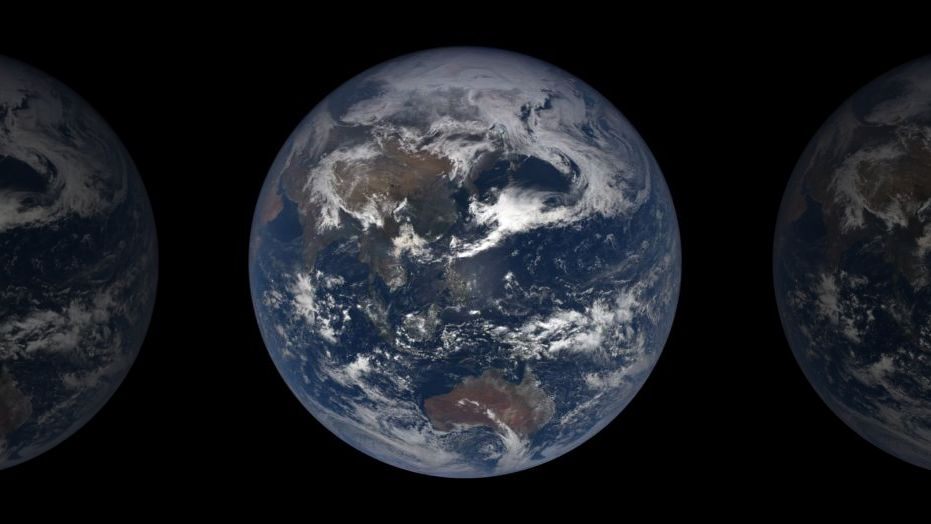The research forecasts mortality, fertility, and migration for 195 countries worldwide.
The world’s population is expected to shrink in the second half of the 21st century, according to researchers.
The research, which is published in The Lancet medical journal, forecasts mortality, fertility and migration for 195 countries worldwide.
The global population will peak at 9.7 billion in 2064, according to researchers at the University of Washington, falling to 8.8 billion by the end of the century. The current world population is around 7.8 billion. The study runs counter to the U.N.’s prediction that the world’s population will reach its peak at nearly 11 billion around 2100.
The study published in the Lancet projects U.S. population growth until just after mid-century, reaching a peak of 364 million in 2062. The current U.S. population is just under 330 million, according to the U.S. Census Bureau.
“The USA’s total fertility rate–which represents the average number of children a woman delivers over her lifetime–is predicted to steadily decline from 1.8 in 2017 to 1.5 in 2100; well below the minimum birth rate (2.1) considered necessary to maintain existing population levels long-term without immigration,” the Lancet explains, in a press release.
Other countries will also experience falling rates, with Italy and Spain seeing total fertility rates of 1.2 and Poland seeing a rate of 1.17. “Much of the anticipated fertility decline is predicted in high-fertility countries, particularly those in sub-Saharan Africa where rates are expected to fall below the replacement level for the first time–from an average 4.6 births per woman in 2017 to just 1.7 by 2100,” the Lancet explains, in the press release.
The research harnesses data from the Global Burden of Disease Study 2017. Using methods for forecasting mortality, fertility, and migration, researchers estimate that, by 2100, 183 of 195 countries will have total fertility rates below 2.1 births per woman. “This means that in these countries populations will decline unless low fertility is compensated by immigration,” the Lancet press release says.
In more than 23 countries and territories, the population will more than halve by the end of the century, according to the study. Japan’s population, for example, is expected to fall from around 128 million people in 2017 to 60 million in 2100.
The world’s most populous nation will also see a marked population decline. China’s population is predicted to fall from 1.4 billion in 2017 to 732 million at the end of the century.
Set against this backdrop, India is predicted to have the world’s largest population in 2100, with 1.09 billion people, albeit it down from 1.38 billion people in 2017. Nigeria will be the second most populous nation, with 791 million, up from 206 million in 2017. China and the U.S. will have the third and fourth largest populations, respectively.
The study also predicts a global shift towards an aging population. An estimated 2.37 billion individuals will be over 65 years of age globally in 2100, compared to 1.7 billion people under 20 years of age. The Lancet press release says that this underscores “the need for liberal immigration policies in countries with significantly declining working age populations.”













![Hotstar Premium Cookies 2019 [*100% Working & Daily Updated*] Hotstar Premium Cookies 2019 [*100% Working & Daily Updated*]](https://tahav.com/wp-content/uploads/2019/11/Hotstar-Premium-Cookies-Free-100x70.jpg)



